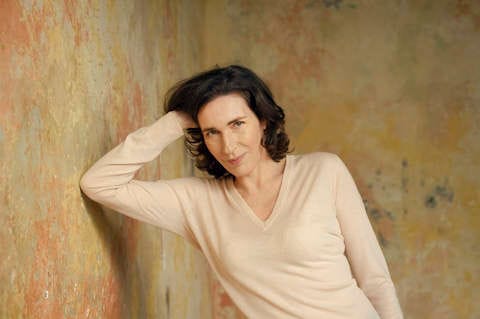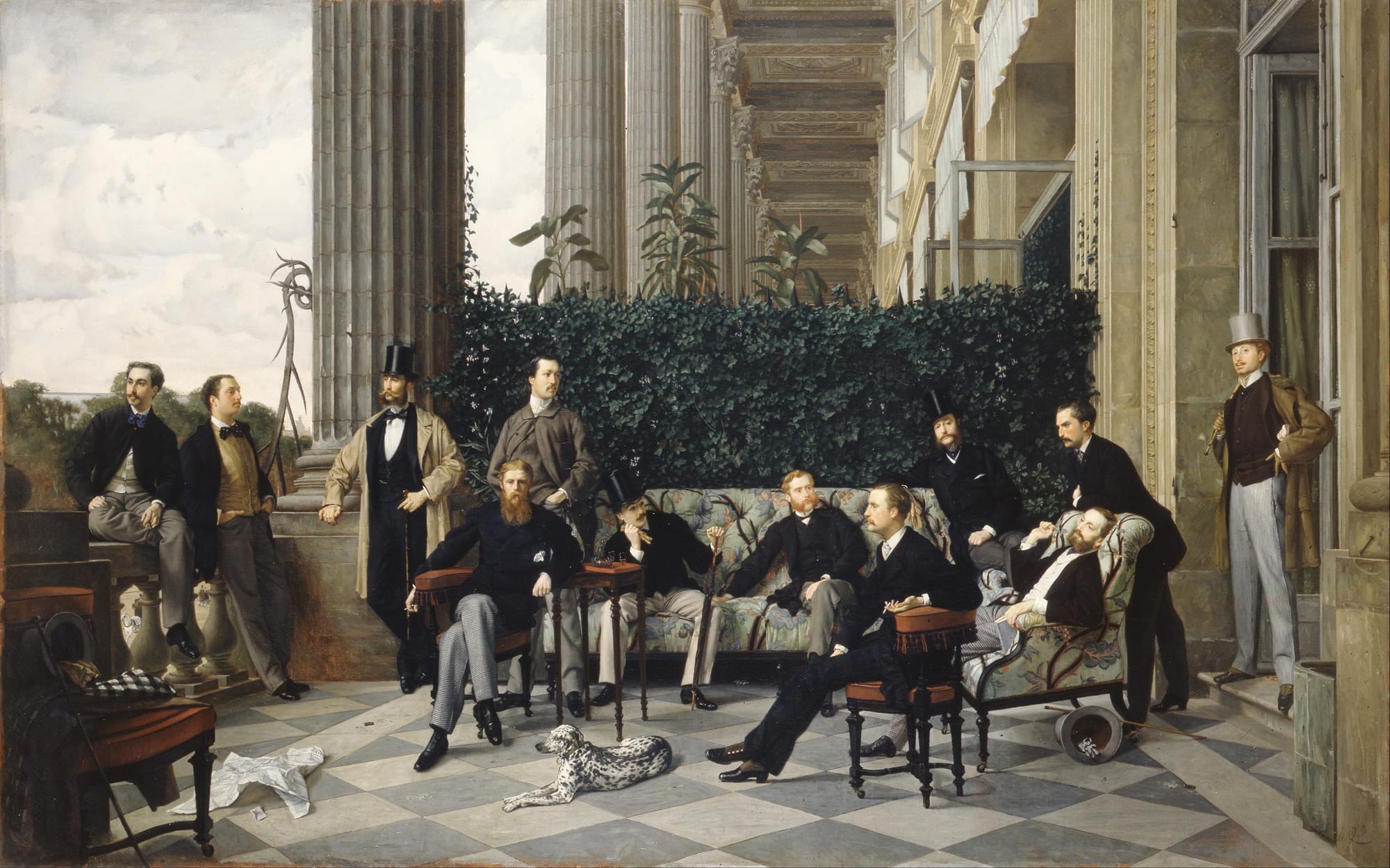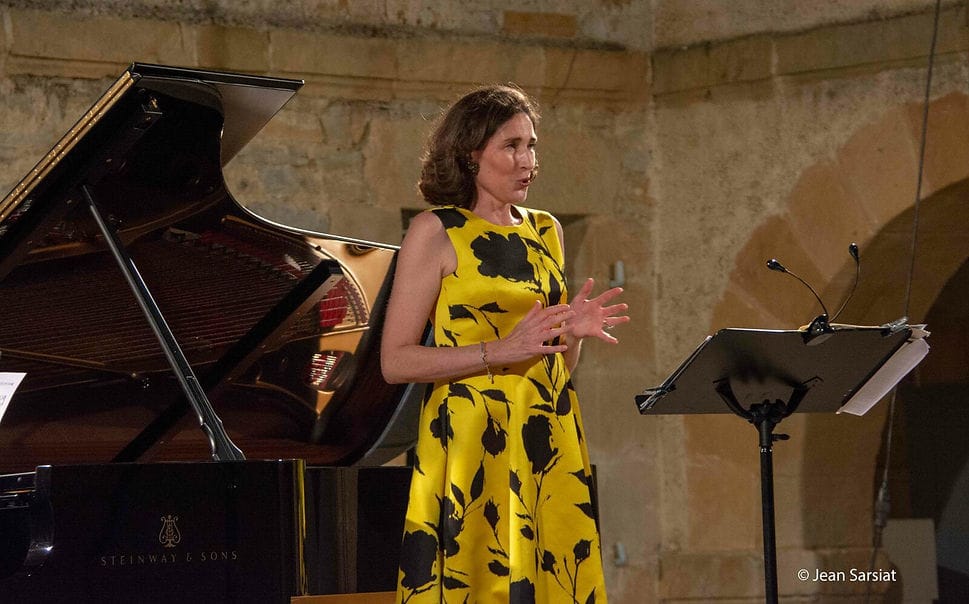Véronique Gens and Susan Manoff at Wigmore Hall

Wigmore Hall, Monday, 15.04.2024
Gouond Oü voulez-vous aller?. Viens, les gazons sont verts
Edmond de Polignac Lamento.
Chausson La chanson bien douce, Op. 34/1. Les papillons, Op. 2/3.
Reynaldo Hahn Le rossignol des lilas. Séraphine. Paysage. Les cygnes. Aimons-nous!
Fauré Le papillon et la fleur, Op.1/1. Les berceaux, Op. 23/1. Les roses d’Ispahan, Op. 39/4.
Duparc L'invitation au voyage. Canson triste.
Hahn Trois jours de vendange. Etudes latines: Néère Le printemps.
A delight to see Wigmore Hall so full for a lunchtime off French song delivered by a true partnership of equals: Véronique Gens (who surely needs no introduction) and the extraordinary pianist Susan Manoff.
Gounod, in spite of the success of his opera Faust, remains cruelly under-rated today, his output relatively unexplored. A concert at the Maison de la Radio France (widely available on broadcast at the time) acted as a reminder of the excellence of the lesser-known corners of his output (review). The bright-as-a-button Où voulez-vous aller? (Where is it you would go?), dating from 1839, was the first of Gens and Manoff's offerings, the piano part light-fingered, Gens as fresh as a daisy from the off, delighting in the song’s little melismas. This strophic song to a text by Théophile Gautier found the performers shading, even caressing, each stanza, honouring the text’s changes (reflected so beautifully in Gounod’s harmonic shifts). As the first French composer to provide a corpus of art song, Gounod’s songs have an especial historical importance.
The active piano part of Viens, les gazons sont verts (Come, the lawns are green, 1875) ushers in a song guaranteed to bring a smile to the lips – or a Wigmore group chuckle. If I have one criticism of the programme (and it’s not, not really), I would ask for more Gounod ....
But perhaps I would not dream of asking for a song by Edmond de Polignac (1834-1901). This is the delight and discovery of these things: Prince Edmond de Polignac hosted a salon (regularly visited by Proust and Hahn); his wife was the American sewing-machine heiress Winnaretta Singer. De Polignac, like Gounod, chose Gautier for the text, this time Lamento (the actual date is uncertain but it was published in the 1870’s). The heart-breaking text (“Do you know the white tomb, where the shadow of a yew waves plaintively?”) is reflected in de Polignac’s long-breathed lines and, in turn, via Gens’ delivery. A real rarity.

The name of Ernest Chausson is far more familiar, of course, and his La chanson bien douce (text Verlaine) comes from a set of Deux Poèmes, Op. 34 (1898). Gens and Manoff captured the essence of this song perfectly, particularly at the third stanza, ‘Elle dit, la voix reconnue, Que la bonté c'est notre vie' (It says, the voice you recognise, that kindness is our very life). This is a timeless song, and a real gem. So is ‘Es papillons,’ the third of seven mélodies that comprise Chausson’s Op. 2 (1880). Manoff’s part was even more superb than in the recording by these two performers on the Alpha disc, Néère; the live occasion seems to have stimulated her to even greater heights, while Gens’ soprano fluttered above.
Despite his name, Venezuelan-born Reynaldo Hahn is usually grouped amongst French composers; and there few songs of such Gallic lushness as his L e rossignol des lilas (1913, text Léopold Dauphin). Gens and Manoff brought palpable warmth to the second stanza’s opening ‘Fidèle aux amoreux liens' (Faithful to the bonds of love). How beauiful, too, Manoff’s opening to the 1892 song Séraphine (after Heine); a Schubertian trope recontextualized into the languorous, generous days of fin-de-siècle France.
Some listeners au fait with an older generation of recordings might know Hahn’s 1890 song Paysage (text André Theuriet) from a classic recording by the great tenor Nicolai Gedda and the equally great pianist Aldo Ciccolini.
The text is full of regret for what might have been, and so was Gens and Manoff’s performance, the close expanding out beautifully. Another entrancing, gentle swelling and receding piano opening graces Les Cygnes (The Swans, text Aman Renaud, 1893/4), sung here as one great arch. In contrast, Aimons-nous! (Théodore de Banville, poet; 1891) pulses with the carefree joy of love, the whole one heartfelt, generous outflow of lyricism.

Gabriel Fauré's chansons do have currency (and, incidentally, it is good to see Lucas Debargue on the Fauré case with his recent Sony set of the complete piano music). The delightful Le papillon et la fleur (The butterfly and the flower, 1861, text Vicor Hugo) is disarming in a simplicity that clothes vast sophistication; and it was precisely that balance Gens and Manoff caught to perfection. How even were the scales of Manoff’s sparkling opening; how Gens moved into telling us a story she clearly relished. Cradles next: Les berceaux (1879, text Sully Prudhomme), a song which appeared on Gens’ Erato album Nuit d’étoiles (where she was joined by the experienced song pianist Roger Vignoles). Actually, Manoff pitched the piano part better than Vignoles, responsive to every nuance as Gens’ supreme silk thread of melody was spun above, each word caressed yet keeping its place within the whole; Les roses d’Ispathan (184, Leconte de Lisle) seemed like the perfect prolongation.
It was entirely fitting that there were a couple of songs by Henri Duparc: his most famous, the Baudelaire setting L’Invitation au voyage (1870), exquisitely, and darkly, shaded by both Gens and Manoff, and Chanson triste (1868, text Jean Latoir), sad, yes, but replete with beauty. The lowest note of this song is indeed quite low for a soprano, yet Gens managed it wonderfully (at ‘Dans le calme aimant de tes bras’).
It was Hahn who had the last word, and then some. three more songs were programmed; two more followed as encores, four were from Etudes latines (1900). First, the bright-as-a-button Trois Jours de vendange (Three days of vintaging, 1891, Alphonse Daudet, the only one not from that collection)); and yet how the mood of this song darkened, and how Manoff quietly invoked cloister bells when the text refers to the nuns of Avignon.
As to the Etudes latines, Laconte de Lisle published 18 poems in this set of which Hahn was to set ten. The first we heard, ‘Néère,’ is simply extraordinary as a piece of music; the piano’s hunting treble melody seems in duet with the voice as well as linking stanzas. The cripplling piano part of’ Le printemps’ emerged here as a celebration of the title, Spring (‘Te voilà, rire du Printemps!'; Smiling Spring, you have arrived!). With Gens letting fly here, and the sheer virtuoso extravagance of the piano’s coda, encores were inevitable: Hahn’s ‘Lydé,' magisterial, its text replete with references to Ancient Greece, and another ideal evocation of antiquity from Etudes latines, ‘Tyndaris,’ this last surely the perfect close to the. perfect lunchtime concert: the piano's last bars seemed to exhale contentment. As did, surely, the audience.
One of the finest Wigmore lunchtime concerts I have had the pleasure to attend.
The rectal is relevant to a couple of Gens' discs on Alpha: Néère for songs with piano; also, many of the composers from the recital appear on Gens' recent disc with orchestra, Paysage, with the conductor Hervé Niquet, released on the Alpha label.
Néère appears on Amazon here; Paysage is available at Amazon here, and the Spotify is below. The Erato Nuit d'étoiles is harder to come by (rather expensive on Amazon), but is also on Spotify below. I've also added a link t that miraculous Gedda/Ciccolini disc on Pearl, but hard copies may be hard to come by (they go for around £20).
